MGMT1601 Property Law Assignment: Copyright and Moral Rights in Canada
VerifiedAdded on 2023/04/12
|5
|713
|119
Homework Assignment
AI Summary
This assignment solution delves into various aspects of property law, specifically focusing on copyright and moral rights in Canada. It addresses questions related to moral rights, including their existence, transferability, and waiver, referencing the Copyright Act of Canada and the Berne Convention. The assignment explores an author's right to use a pseudonym and the implications of assigning copyright while holding moral rights. It further analyzes scenarios involving the infringement of moral rights, such as publishing prints under the author's real name against their wishes. The solution cites relevant case law, such as Collett v. Northland Art Company Canada Inc., and discusses potential remedies for copyright and moral rights infringement, including damages and punitive measures. The assignment concludes by emphasizing the importance of respecting an author's moral rights, even after copyright has been assigned.
1 out of 5
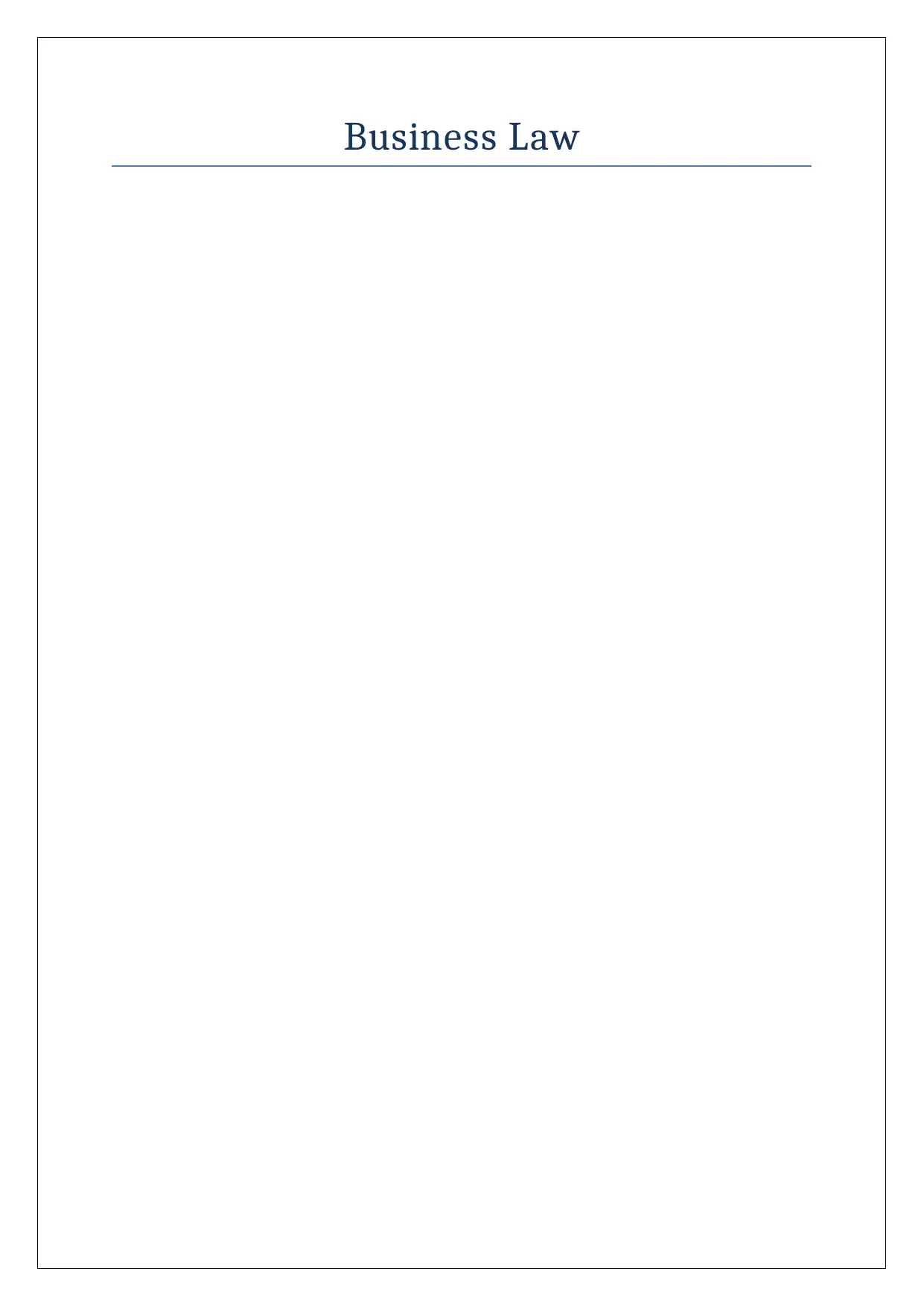
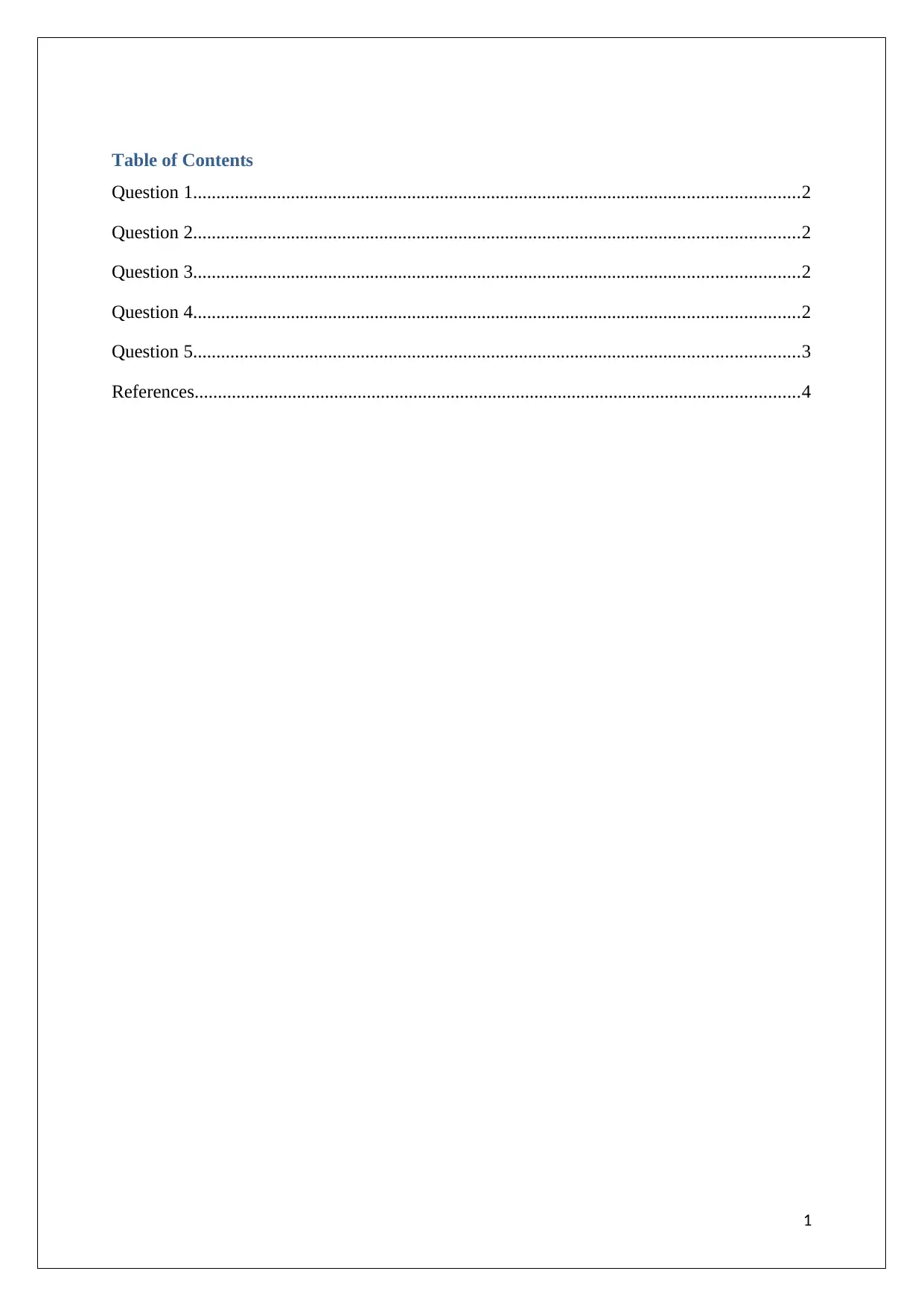
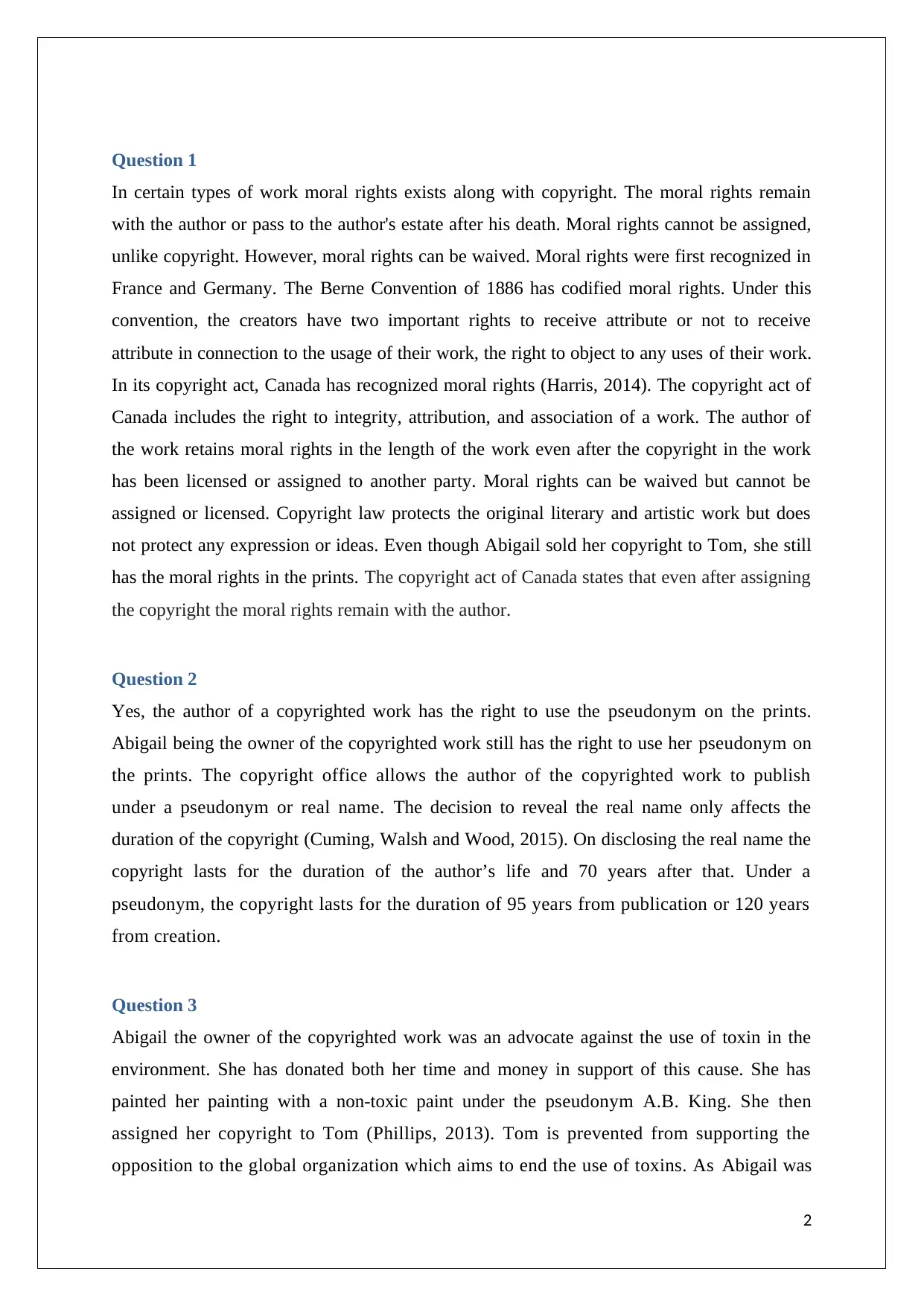

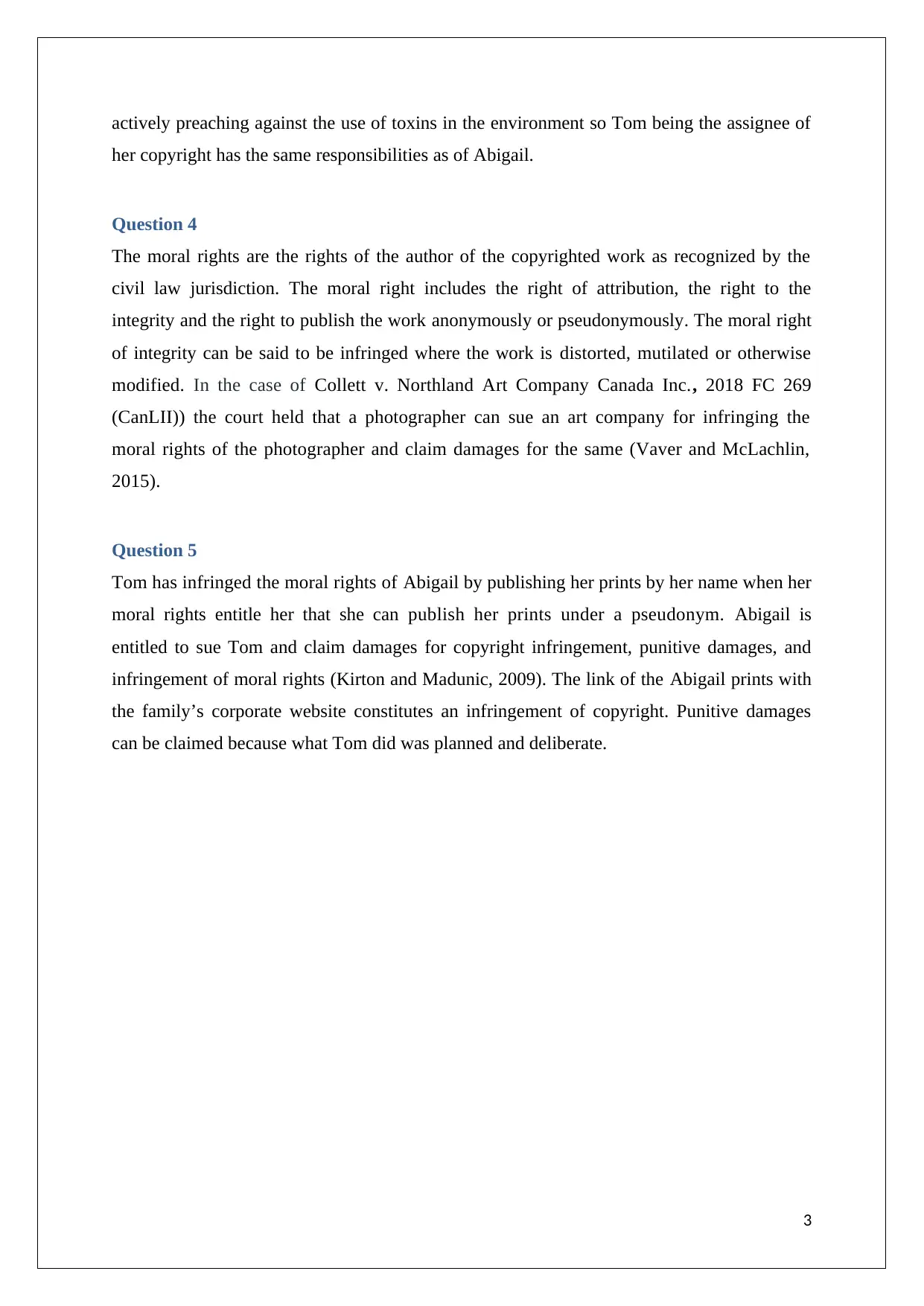
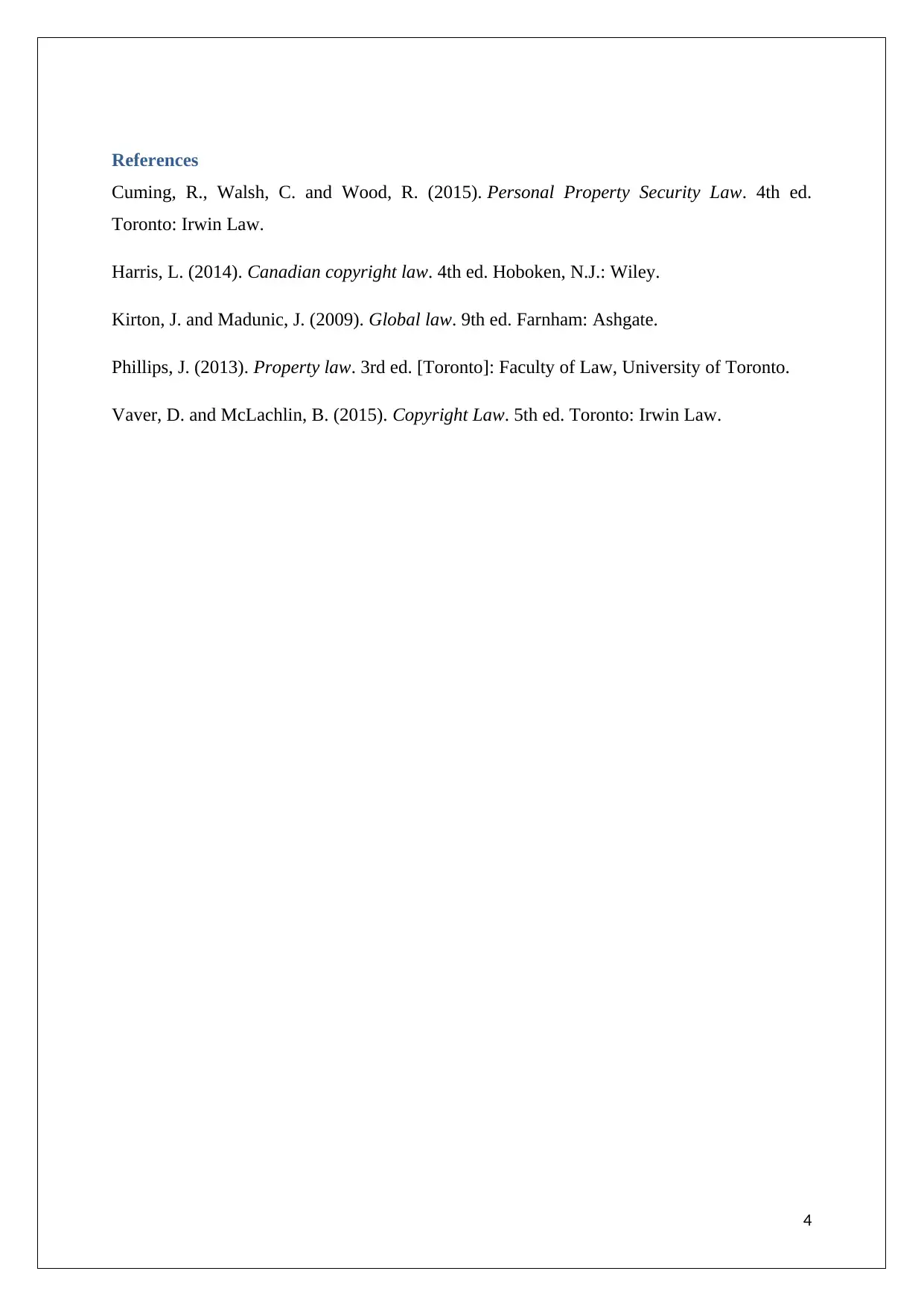



![[object Object]](/_next/static/media/star-bottom.7253800d.svg)